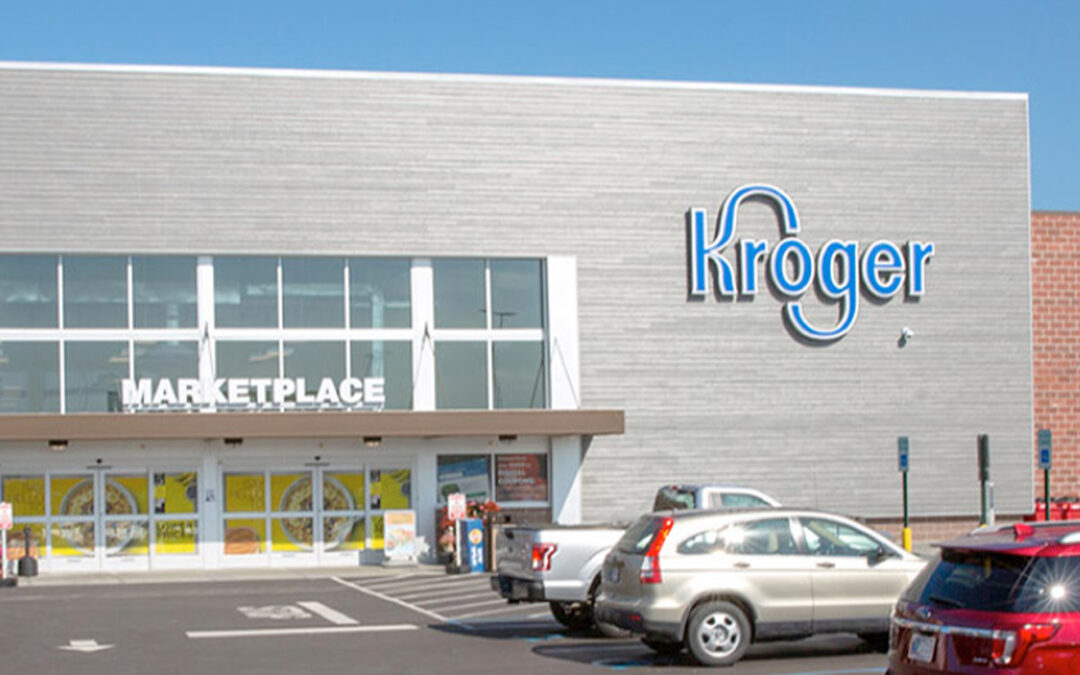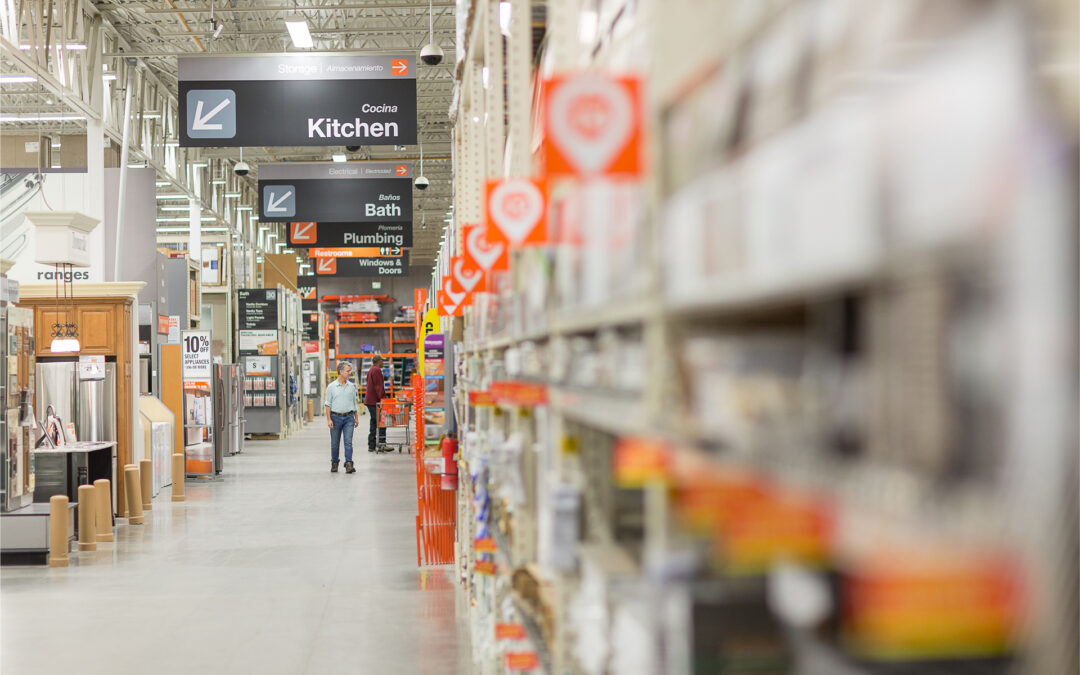Although earnings slipped year over year, Albertsons beat Wall Street estimates for the first quarter driven by a gain in identical sales, even if inflation was part of the increase.
The 2023 quarter included a $49.7 million, or nine cents per share benefit, related to the reduction in the reserve for an uncertain tax position, Albertson’s pointed out. Adjusted for one-time events, net income was $545.7 million, or 93 cents per diluted share, versus $582 million, or $1 per diluted share, in the year-earlier quarter.
Albertsons topped a Yahoo Finance-published 85-cent analyst average estimate for adjusted diluted earnings per share as well as a $23.95 billion revenue estimate.
A 4.9% year-over-year increase in identical sales helped drive first-quarter revenues, the company noted, with retail price inflation across most categories, growth in pharmacy and increasing digital penetration contributing to the ident advance. Revenues including net sales were $24.05 billion versus $23.31 billion in the year-prior quarter. Lower fuel sales partially offset the revenue increase. Operating income was $622.2 million versus $760.1 million in the year-before quarter.
In announcing the first quarter results, Vivek Sankaran, Albertsons CEO, said, “Our first quarter results demonstrate the resilience of our business, and the effectiveness of our Customers for Life transformation strategy, even as the economic environment has become more challenging. As we look ahead to the balance of the year, we remain focused on driving operational excellence in our stores and continued growth in our digital and pharmacy operations. We will also continue to drive the initiatives supporting our Customers for Life strategy, including delivering on our customer promises, deepening our relationships with them, and serving them where, when and how they want to be served. We are also mindful of the evolving economic backdrop, including slowing food inflation, declining government assistance and higher interest rates, and their potential effects on consumer spending and our business. We also expect to see ongoing labor investment, broad inflationary cost increases and significant declines in COVID-19 vaccination and test kit revenue. These headwinds, however, are expected to be partially offset by the benefits of our productivity initiatives.”





